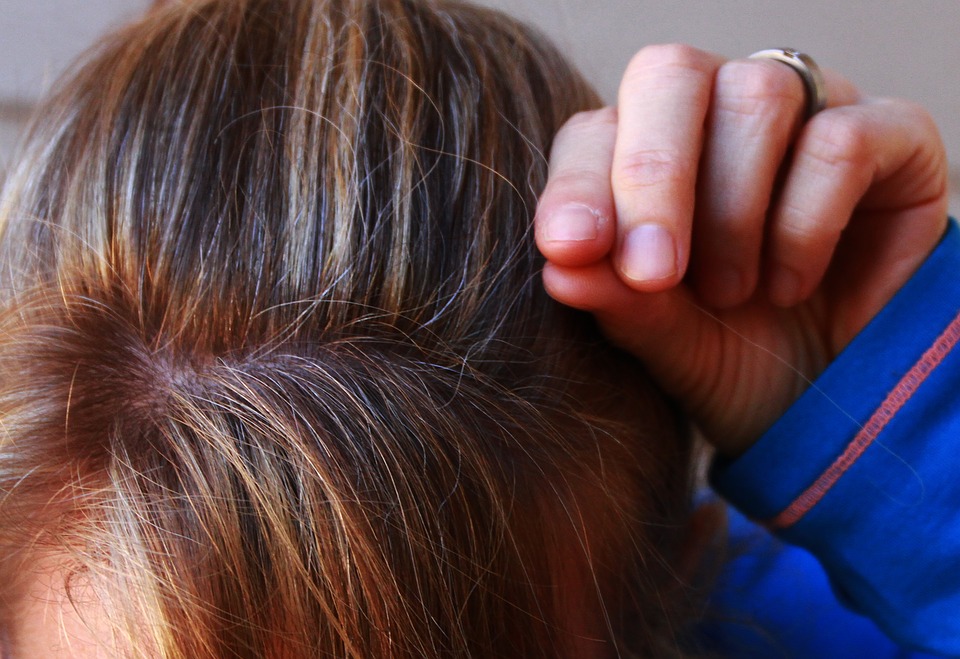It’s normal for women to lose 50 to 100 strands of hair per day. Photo: American Ratings Corporation ©2018
“About one-third of women experience hair loss (alopecia) at some time in their lives; among postmenopausal women, as many as two-thirds suffer hair thinning or bald spots.”—Harvard Women’s Health Watch
In Western society, we often don’t talk about female hair loss, but the fact is that approximately 40 percent of hair loss sufferers are women. And with so much of our identity literally tied up in our hair, it’s important to get all of the facts. If you’re a woman concerned about hair loss, we have some answers and some help.
What causes hair loss in women?
Hair loss has the same root causes in both women and men (though it tends to manifest differently). If you’ve noticed a persistent, gradual loss of hair, look to your family—the most common cause of hair loss is genetic. Other possible causes include disease, stressful events, vitamin deficiencies and even tight hairstyles (like cornrows or tight ponytails). Still, according to Dr. Peter Panagotacos, a Diamond Certified Expert Contributor, “Most people with hair loss simply have a genetic tendency to start losing hair at a certain age.”
How does hair loss in women differ from hair loss in men?
As you probably already know, men tend to lose their hair earlier and more dramatically than women. Moreover, while most men lose hair from the top of their heads, women’s hair loss tends to result in an overall thinning of the hair across the entire scalp.
Is it normal to lose clumps of hair all at once?
Typically, women lose between 50 to 100 strands of hair a day (more when you wash your hair). This is normal and shouldn’t be a cause for concern. However, losing more than 100 strands a day may be a sign of hair shedding. According to The American Academy of Dermatology, hair loss and hair shedding are not the same. Hair loss occurs when something stops the hair from growing. Hair shedding, on the other hand, is triggered by a significant event such as extreme weight loss, pregnancy or stress. The shedding will actually take place two to five months after the trigger. Hair shedding is temporary, and your hair should be back to normal in six to eight months.
What can I do about hair loss?
If you lose more than 100 strands of hair per day habitually, it’s important to identify the cause of your hair loss. Again, most hair loss is genetic, but since hair loss can also result from disease, it’s important to see a specialist who can identify the cause. Whatever the trigger, your hair doctor can also suggest treatment. Hair loss treatments include:
- Medication
- Supplements
- Lifestyle changes
- Hair restoration surgery
Most causes of hair loss can be stopped or treated, especially if they’re caught early. If you’re beginning to notice signs of hair loss, schedule an appointment with a top rated dermatologist.

